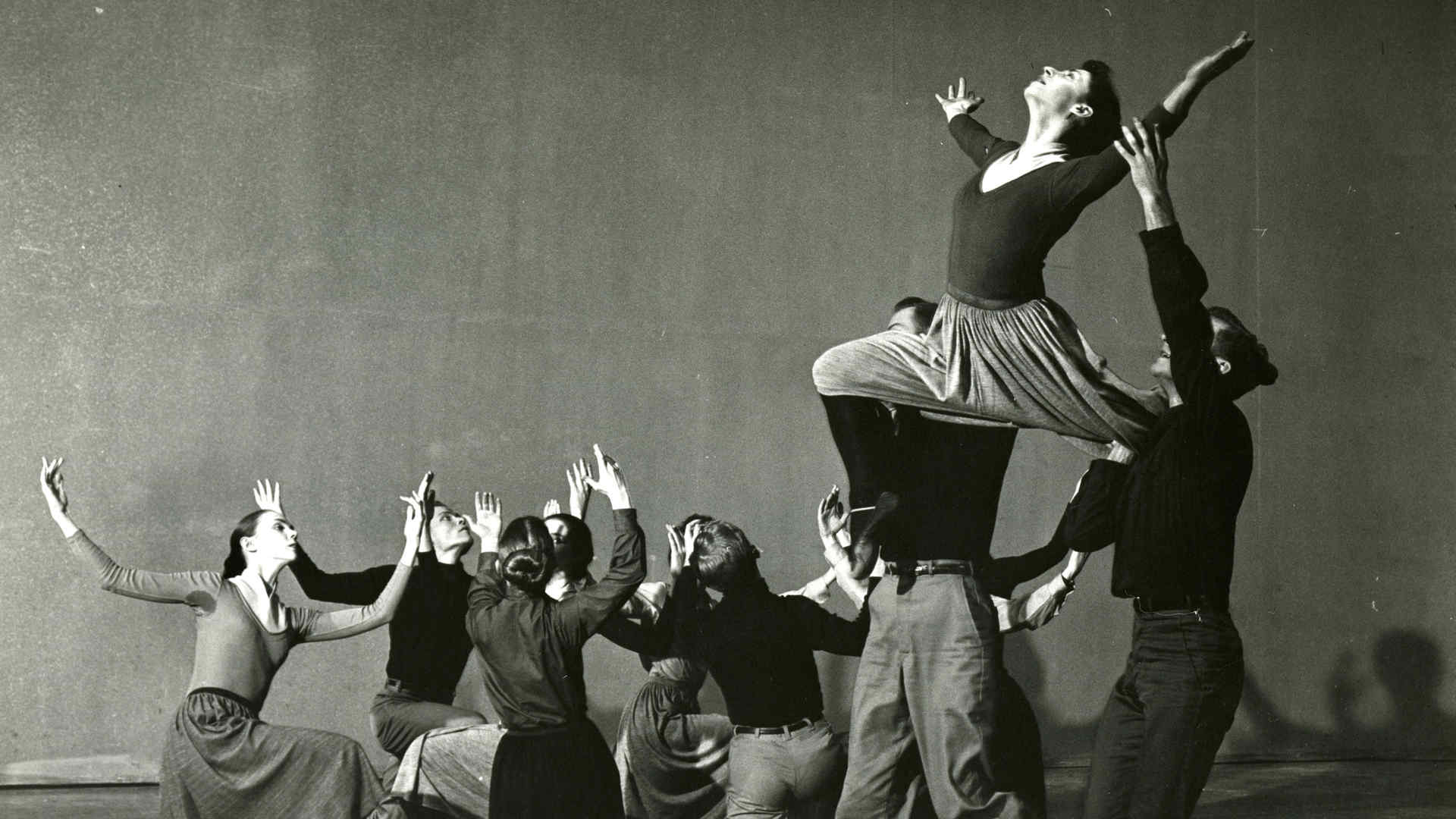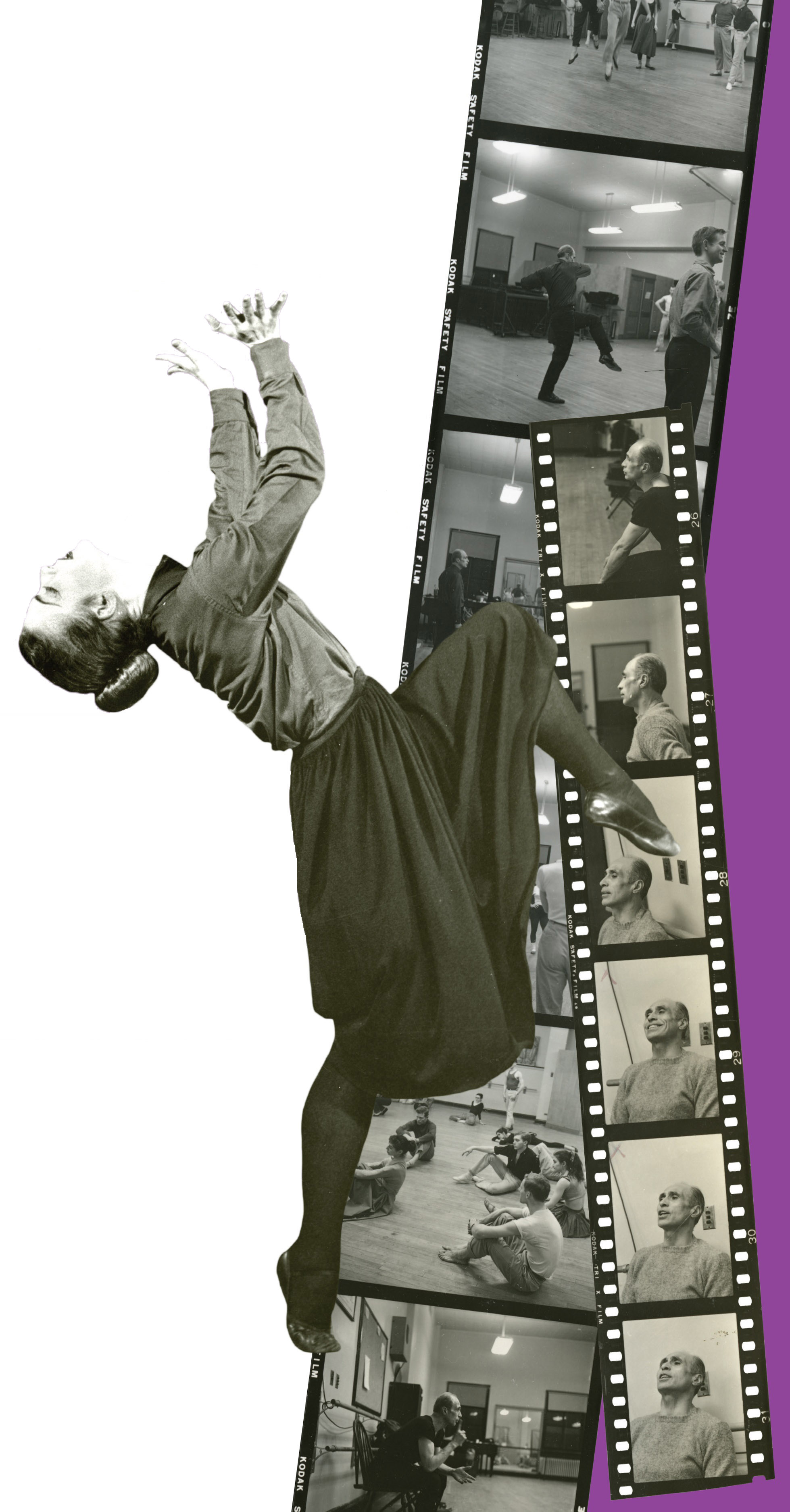
In 1958, seven years after becoming one of the inaugural members of the Juilliard dance faculty, José Limón choreographed Missa Brevis, an ensemble work commemorating lives and cities destroyed during World War II. Set to music by Zoltán Kodály, it was inspired in part by a bombed-out church in Budapest Limón had seen while his company was on tour. Limón created the work for the Juilliard Dance Division, and it has been performed here nearly every year since then. Laura Glenn (BS ’67, dance; faculty 1987-present) who joined Limón’s company while she was studying here, reminisces about this seminal dancer and choreographer and the piece. Missa Brevis will be performed as part of Choreographic Honors, on May 11 and 12.

The summer I was 17, I came in from Queens to see a performance at the Delacorte Theater in Central Park that included José Limón’s Moor’s Pavane. It was probably the first time I had seen modern dance, and I remember being surprised by costumes that covered the dancers’ legs rather than tutus. A few weeks later I started at Juilliard, in awe of everything, and as luck would have it, they put me right into the classes of Limón (faculty 1951-72) and Antony Tudor (faculty 1951-71).
At the start of my second year, Limón and Company went on tour to Asia for four months, and when José returned, he poured his passion into the students at Juilliard and created a piece that would eventually be called Choreographic Offering (originally Two Essays for Large Ensemble). We performed it at Juilliard and then I was among the dancers who performed it at the American Dance Festival [which was then based at Connecticut College]. From there I was one of four or five students he asked to join Limón and Company. It was beyond exciting being a student at Juilliard and touring as a professional. For the next two seasons of touring all we did was perform Missa Brevis and Choreographic Offering in three-to-six-week tours around the country, traveling mainly by bus, accompanied by our stage director, extra lights, and our marley floor.
José was still performing at that point, and sharing the stage with him was an honor. Interestingly I learned that when he wasn’t on stage he always stood in the wings and watched everything, and we had to enter and exit around him.
José died of cancer in 1972 at age 64. A few months later, we were preparing for a State Department tour to the Soviet Union. I remember being told very clearly not to try to sell dungarees—American jeans could go for a lot of money in those days in the U.S.S.R. But mostly what I remember is that translators and Soviet security folks cared for us as a family grieving the death of our “father” José.
Over the years at Juilliard the students have often told me that it is the staging of Missa —the power of the standing together in the opening and closing—that makes a community out of a class and solidifies it into a unit. It’s an honor to be sharing these memories and to be staging Missa Brevis on the 60th anniversary of its premiere.
Alumni: celebrate Missa Brevis and Laura Glenn’s many years of staging it before the Choreographic Honors performance on May 11; contact [email protected] for information